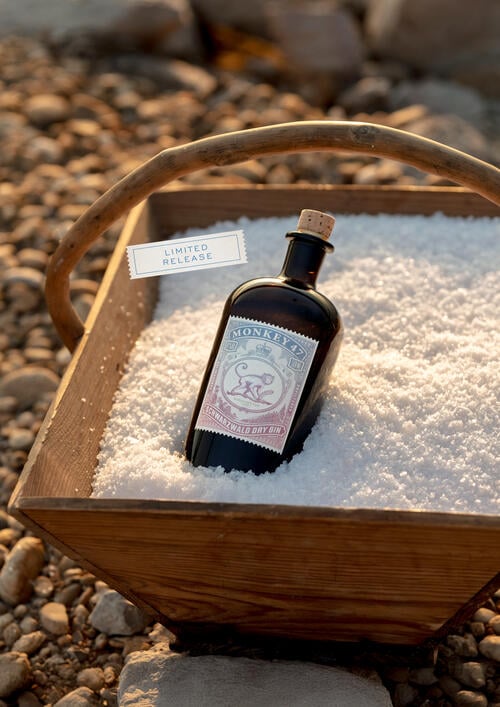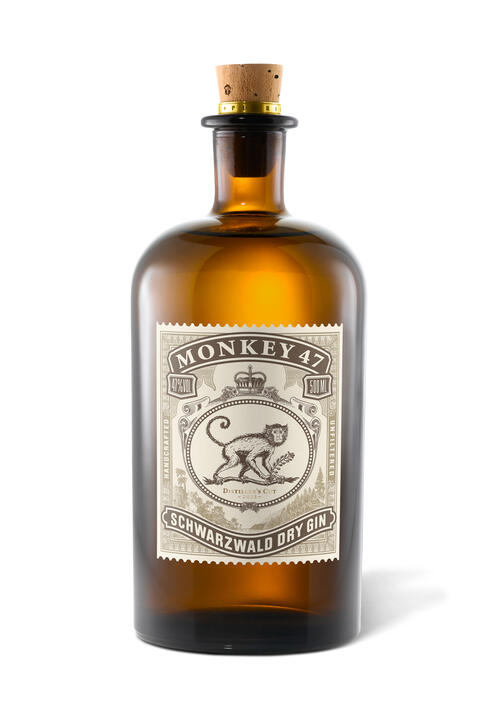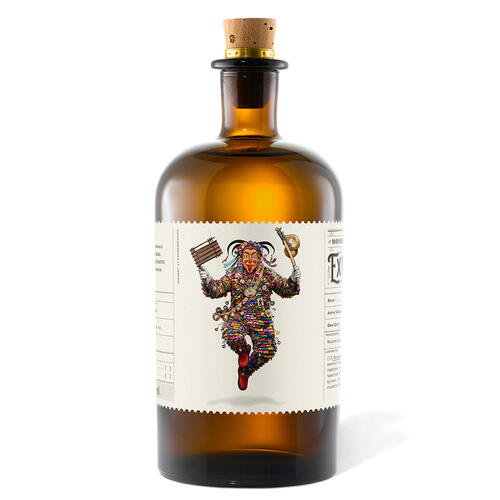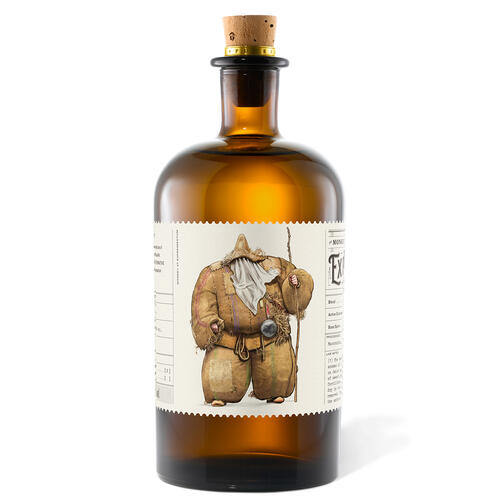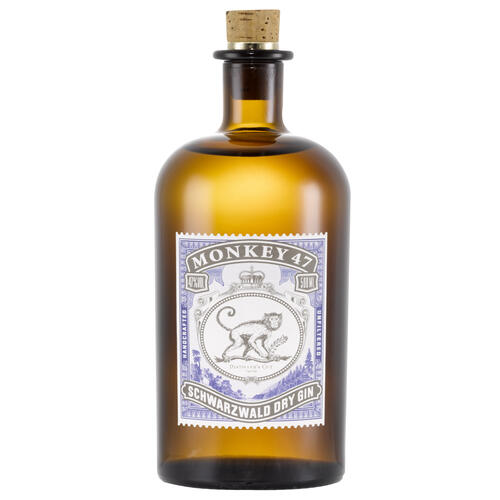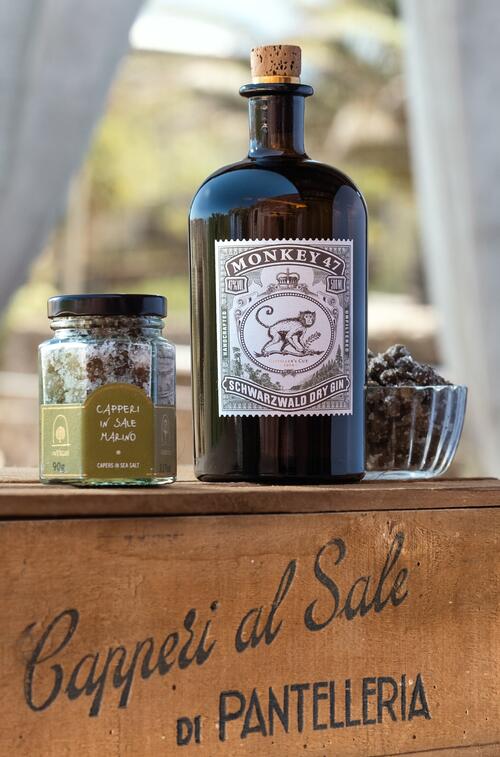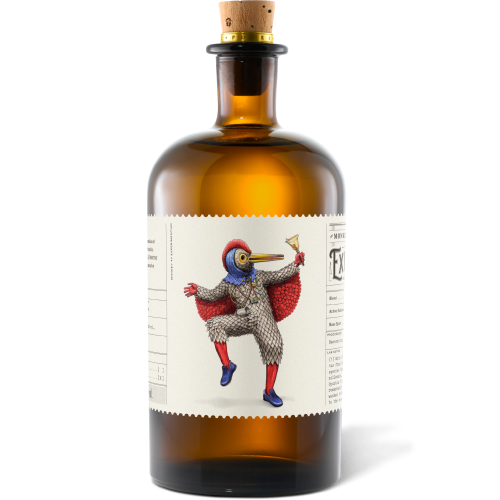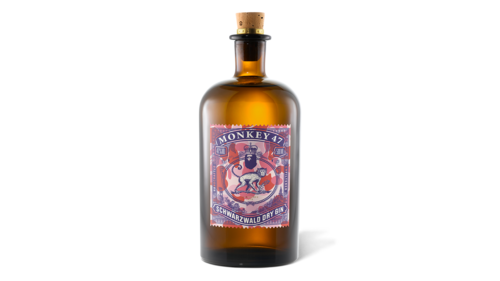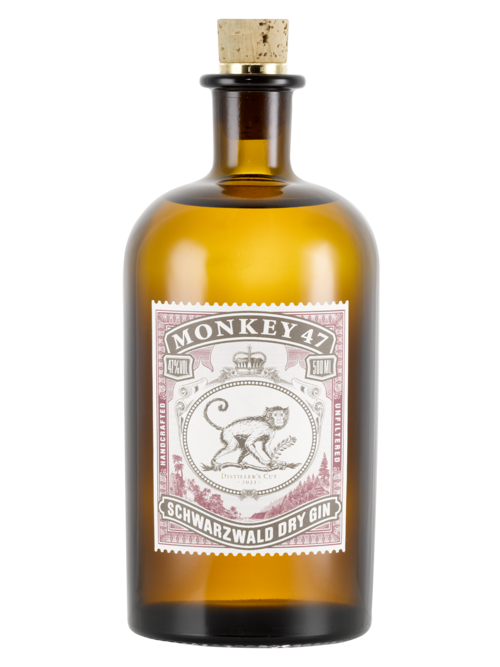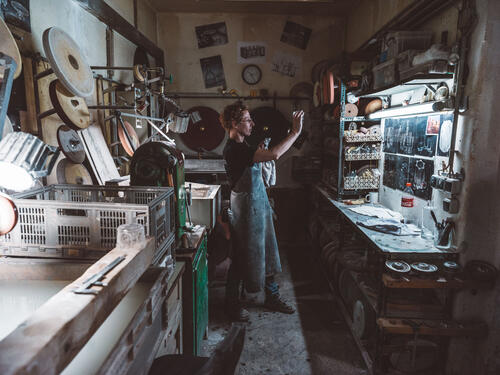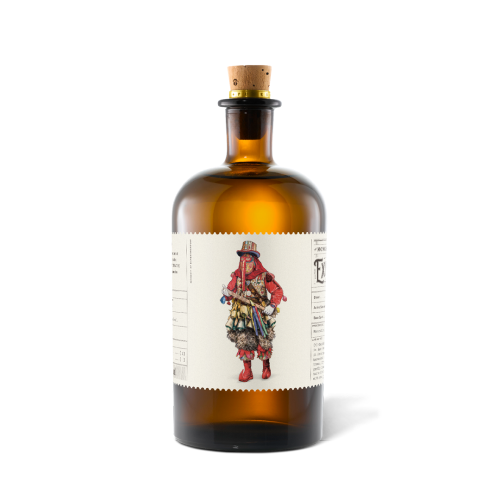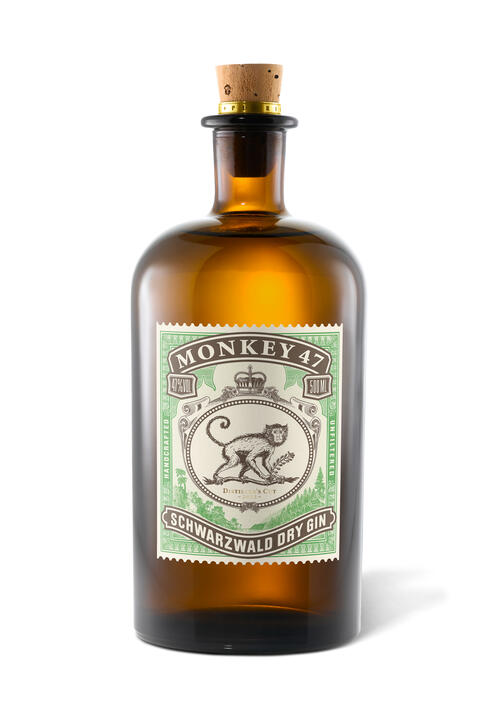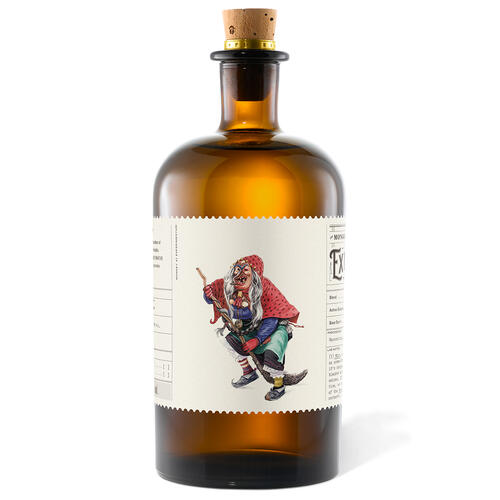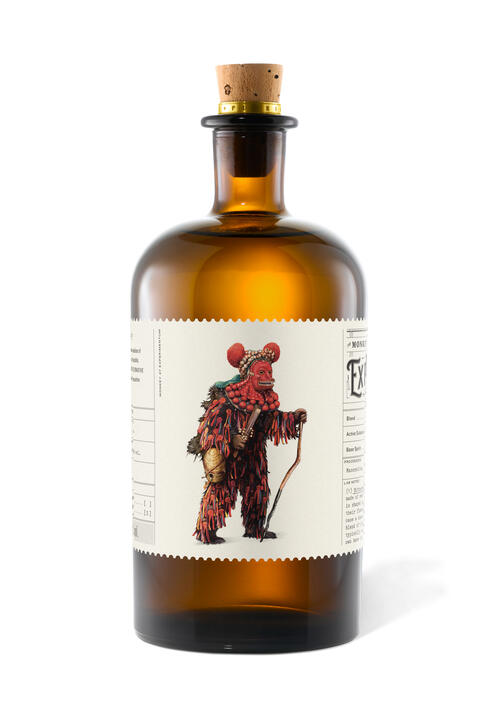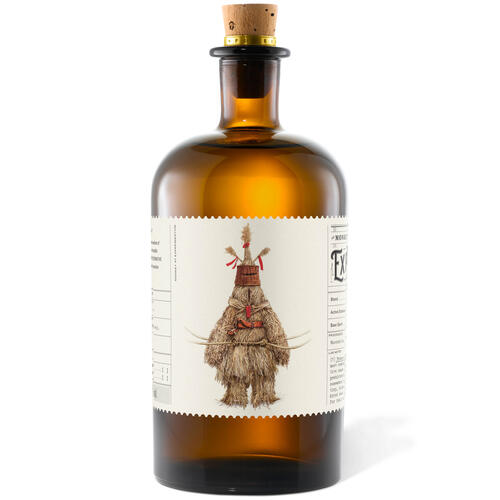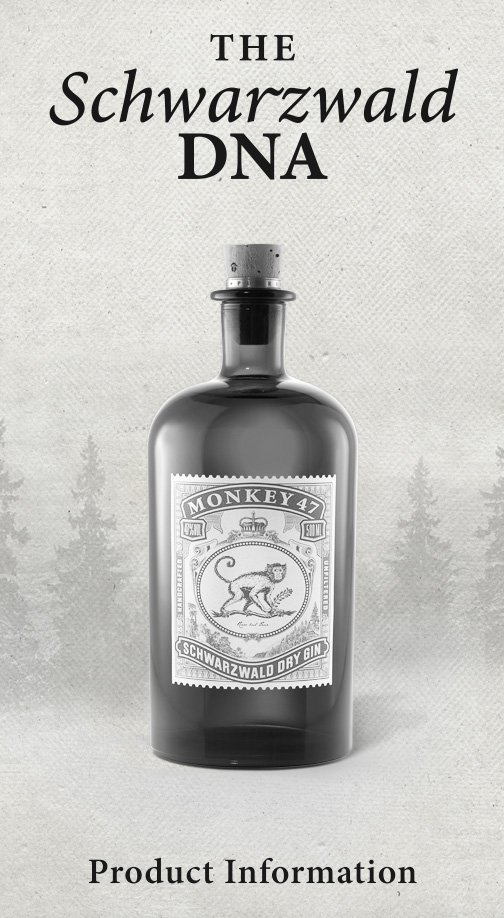The Art Of Cork
Quercus Suber
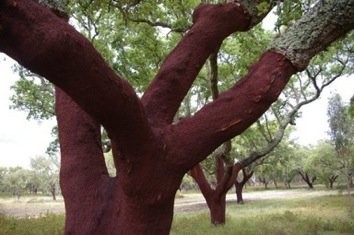
Who would have thought that it all starts in the forest? Well, we actually. Quercus suber, commonly called the cork oak, is a medium-sized, evergreen oak tree in the section Quercus sect. Cerris. It is the primary source of cork for wine bottle stoppers and other uses, such as a bottle stopper for a unique Gin called Monkey 47. The cork oak is native to southwest Europe and northwest Africa and grows to up to 20 m. Natural stands of cork oak can support diverse ecosystems. For example, in parts of northwestern North Africa, some cork oak forests are habitat to the endangered Barbary Macaque, a rare species and as such part of our family. In Western Europe, namely in Portugal and Spain, the cork tree has a thick, insulating bark that may have been the cork oak's evolutionary answer to forest fires. After a fire, while many of the other tree species merely regenerate from seeds or resprout from the base of the tree the cork oak branches, protected by cork, quickly resprout and recompose the tree canopy. The quick regeneration of the tree seems to be an advantage compared to other species. Over time the cork cambium layer of the bark can develop considerable thickness and can be harvested every 9 to 12 years to produce cork. The harvesting of cork does not harm the tree, in fact, no trees are cut down during the harvesting process. Only the bark is extracted, and a new layer of cork regrows, making it a renewable resource and as such the material of our choice. The trees cultivated for Monkey 47 are located in Portugal which accounts for around 50% of the world cork harvest. Cork oaks cannot legally be cut down in Portugal, except for forest management felling of old, unproductive trees, and, even in those cases, farmers need special permission from the Ministry of Agriculture. As said the cork bark renews itself every 9 to 10 years for over 150 years and the period of the harvest is between the beginning of June until the end of August. After the harvest the Cork will be left in piles for about 3 months before being shipped to the cork factories.



